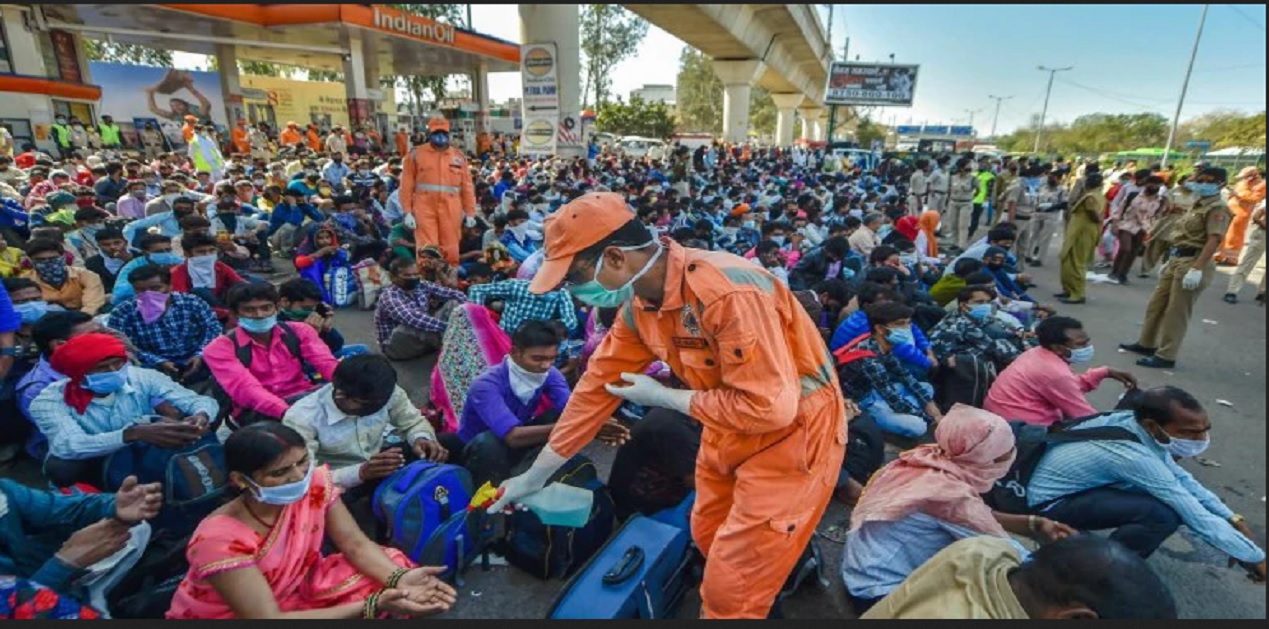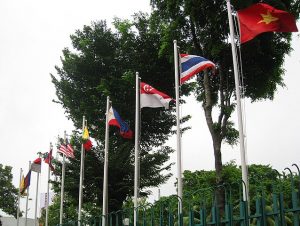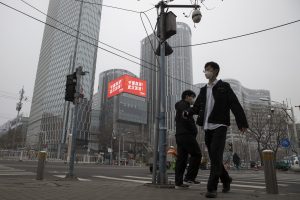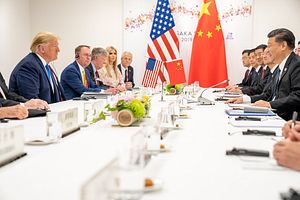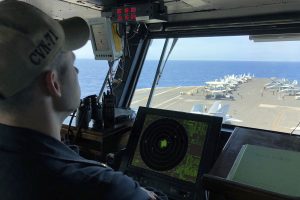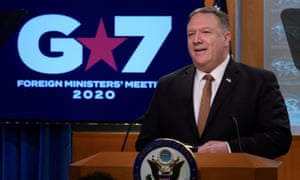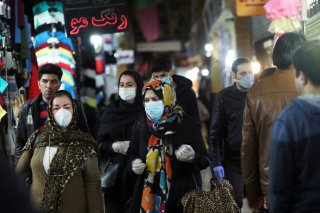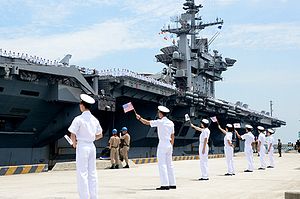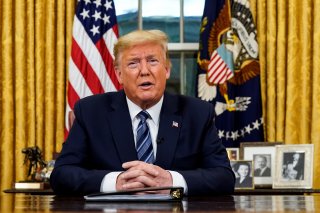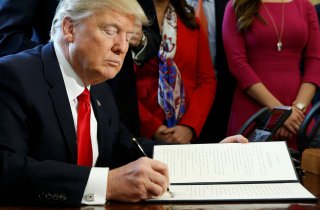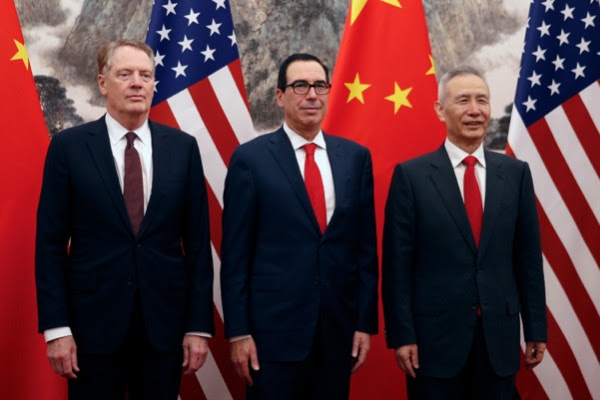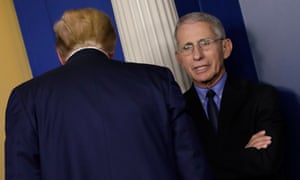Announcing a nationwide, 3-week lockdown at four-hour notice requires courage and conviction. PM Modi displayed these qualities in full measure during his address to the nation on 24th March when he explained the reasons for this unprecedented step. Understanding the gravity of the situation and convinced by his argument for maintaining strict social distancing, the countrymen have fully supported him.
But, within a couple of days, it became apparent that the government had not made adequate preparation to implement the lockdown. Lakhs of informal sector workers who found themselves without accommodation, food and jobs, started migrating to their villages on foot to escape the lockdown hardship. The poignant visuals of thousands of people walking to their villages will stay in memory for a long time. Neither the central government nor the state governments had foreseen and planned for such an exigency. Some of these workers may have been infected. Undetected, they pose a risk to the populations in their villages. The impact of migration of workers on the spread of the virus in their communities is yet to be assessed. So dire was the situation that the Prime Minister publicly apologised for the hardship brought upon the poorest segments of the population due to the lockdown but justified the decision.
The religious congregation at the Tablighi Jamaat Markaz in Delhi on 13-15 March in Delhi, held in defiance of the Delhi government’s orders on the prohibition of large gatherings, showed the utter disregard of civic responsibilities by the organisers. Their actions have put at risk vast populations spread across the nation in danger of Covid 19 infection. Many of these people came from coronavirus infected countries. The surge of infection in the states has been traced to the people who attended the Tablighi Jamaat congregation. While the organisers have been booked for breaking the law, it is also surprising that the police station was located next to the Markaz where the religious gathering was being held. Yet, the police took no action to prevent the gathering. It remains to be seen what price the country will have to pay for this terrible act of negligence and criminality. Worse, the incident has been communalised. The lessons of communal riots in north-east Delhi in February seem to have been forgotten.
